1. Kaip pasirinkti teleskopą pagal stebėjimo poreikius?
Pasirinkdami teleskopą, svarbu atsižvelgti į stebėjimo poreikius. Pirmiausia, nuspręskite, ką planuojate stebėti – planetas, mėnulį, žvaigždynus arba kitus kosminius objektus. Didinimo galia yra svarbus faktorius, bet didelis didinimas ne visada reiškia geresnį vaizdą. Skersmuo ir fokuso atstumas lemia, kiek šviesos teleskopas surenka ir kaip ryškus bus vaizdas. Taip pat verta atsižvelgti į teleskopo tipą (refraktorinis teleskopas arba reflektorinis teleskopas). Refraktoriai turi optinius lęšius, o reflektoriai – veidrodį. Refraktoriai yra kompaktiški ir gerai tinka planetų stebėjimui, o reflektoriai gali būti geresni žvaigždžių stebėjimui. Mobilumas, montavimo patogumas ir transportavimo galimybės taip pat svarbu. Įvertinkite savo patirties lygį – pradedantieji gali pageidauti paprastesnių modelių, o patyrę astronomai gali ieškoti profesionalių teleskopų su daugiau funkcijų. Pasirinkite teleskopą, kuris atitinka jūsų stebėjimo poreikius ir suteiks geriausią vaizdą.
2. Kokie yra pagrindiniai teleskopų tipai ir kada reikėtų rinktis kiekvieną iš jų?
Teleskopai skirstomi į kelias kategorijas: refraktoriai, reflektoriai ir sudėtiniai teleskopai. Refraktoriai naudoja lęšius, reflektoriai – veidrodžius, o sudėtiniai teleskopai jungia abu šiuos elementus. Refraktoriai yra idealūs stebint detalias planetų struktūras ir tinkami žvaigždynų stebėjimui dėl jų aiškumo. Reflektoriai, su veidrodžiais, dažnai naudojami gilesnių kosmoso objektų stebėjimui ir jie dažnai yra ekonomiškesni. Sudėtiniai teleskopai, kombinuojantys abu principus, tinka tiek pradedantiesiems, tiek patyrusiems astronomams. Pasirinkimas priklauso nuo paskirties – refraktoriai dažniausiai naudojami planetų stebėjimui, reflektoriai - žvaigždynams ir galaktikoms, o sudėtiniai teleskopai teikia lankstumą ir universalumą. Mobilumas, stebėjimo vietos ir biudžetas yra svarbūs veiksniai, kurie turėtų būti vertinami pasirinkiant tinkamą teleskopą.




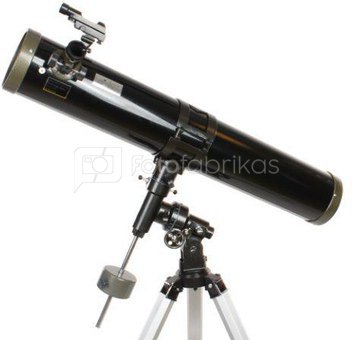
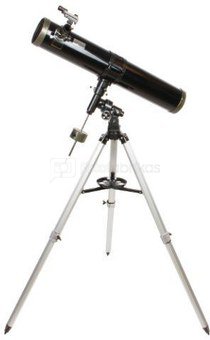
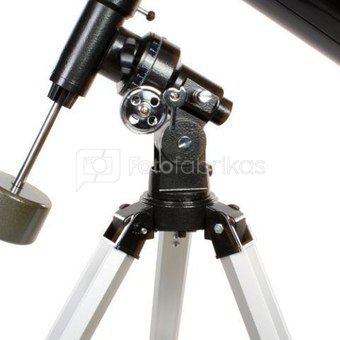
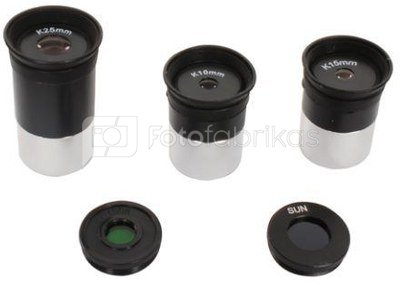
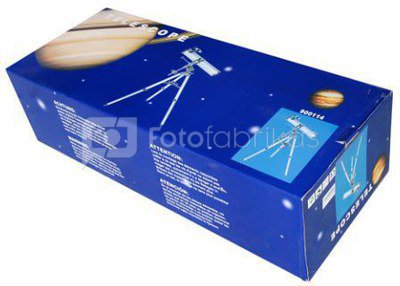
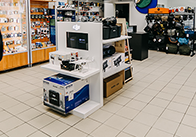
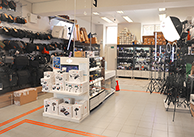

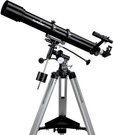


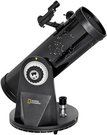


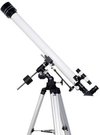











Atsiliepimai
0 vidutinis įvertinimas (0 įvertinimų)